Nature Society Singapore (NSS) is concerned about the loss of habitats for native species of flora and fauna due to the rapid development of housing, transportation, and commercial infrastructure. To counter this, our approach is to advocate for the preservation of habitat within the development areas. We aim to ensure that enough habitat is retained to maintain connectivity between important protected habitats, such as nature reserves, parks, water catchments, and military training areas, and to provide refugia for species that depend on special or unique habitats within the development areas.
NSS Conservation Committee serves to drive the society’s advocacy efforts to preserve habitats within development areas. We regularly participate in engagements with development agencies (typically Housing Development Board, Jurong Town Corporation, Land Transport Authority and the Public Utilities Board) as well as private entities such as Mandai Wildlife Group to promote the retention of corridors and refugia. For significant developments where there are greater concerns, we will prepare position papers where our concerns and recommendations are fully documented.
A key concern of Nature Society Singapore (NSS) is the conservation of native species of flora and fauna as well as the terrestrial, aquatic and intertidal habitats that support them. With recent accelerated development for housing, transport, industrial and commercial infrastructure using up existing green spaces, NSS is very much concerned about habitat loss. At the same time we also recognise that there is an existential need for Singapore to develop some of the legacy green areas that are not protected habitats. Currently the demand for public housing is outstripping supply. The authorities’ approach to solving this problem is to redevelop or repurpose existing developed (brown) areas as well as to use up some of the existing wild growth green spaces.
More Homes for New Needs and Aspirations
Our approach to the problem of habitat loss due to the development of the wild growth areas is to advocate for the retention of habitat within the developments sufficient to maintain connectivity between significant protected habitats such as Nature Reserves and Parks, Water Catchments, and Military training areas as well as to provide areas of refugia where special or unique habitats occur within these development areas. While this may be seen as a compromising approach, it is not reasonable to object outright to essential development – our approach is to promote development designs that achieve both the target objective such as providing public housing and at the same time accommodates the need for connectivity and refugia.
Some examples of this design approach for refugia and connectivity that are supported by NSS would be:
The following four maps trace the land-use history of Singapore over the past 200 years. An appreciation of historic land-use helps us understand the types of habitats that exist today. A good example of this could be the Central Catchment Nature Reserve (CCNR) which was gazetted as Water Catchment c. 1900. As a result of this, most of our primary forest resources as well as mature secondary forests are to be found within the CCNR.




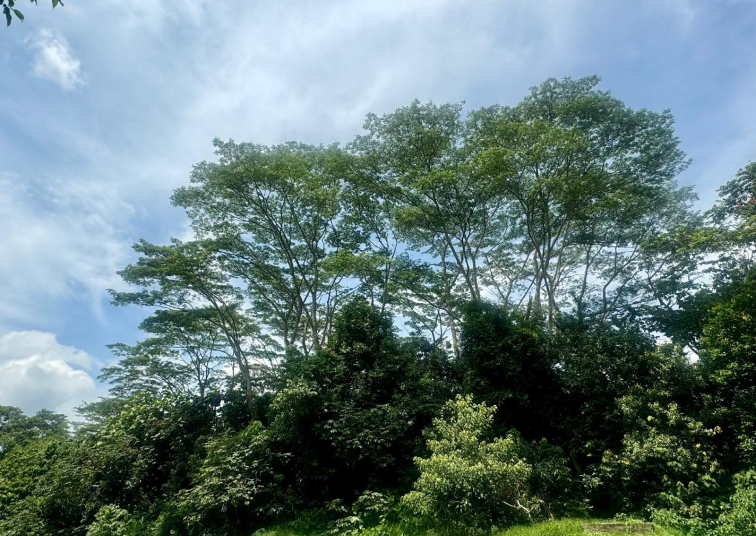
Albizia
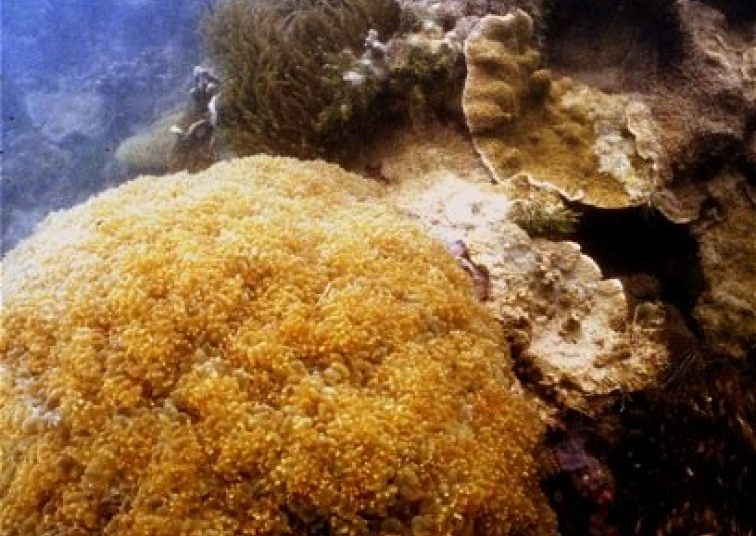
Coral Reefs
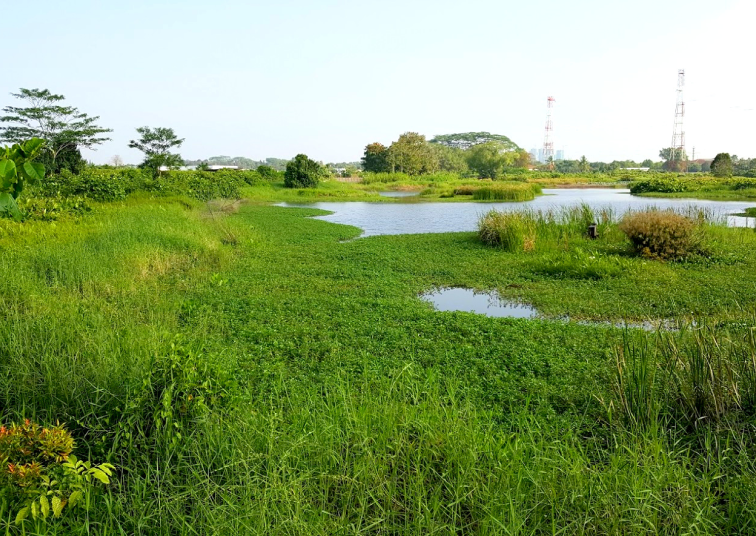
Freshwater Marshes
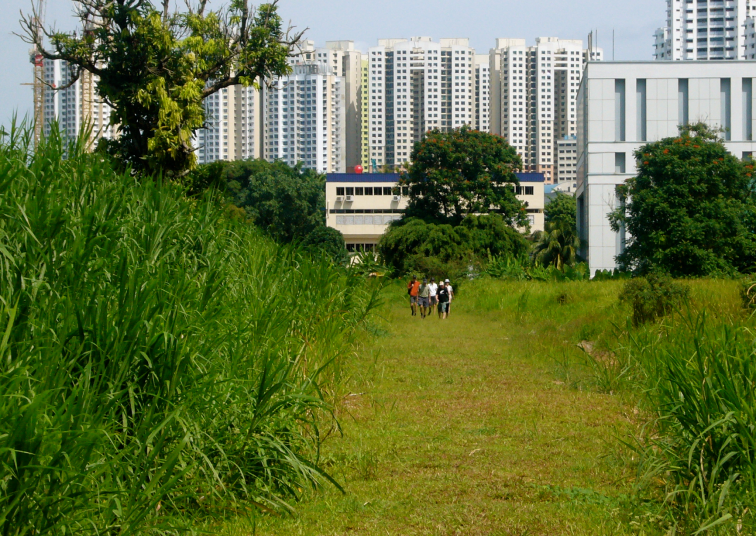
Grassland

Intertidal reef flat
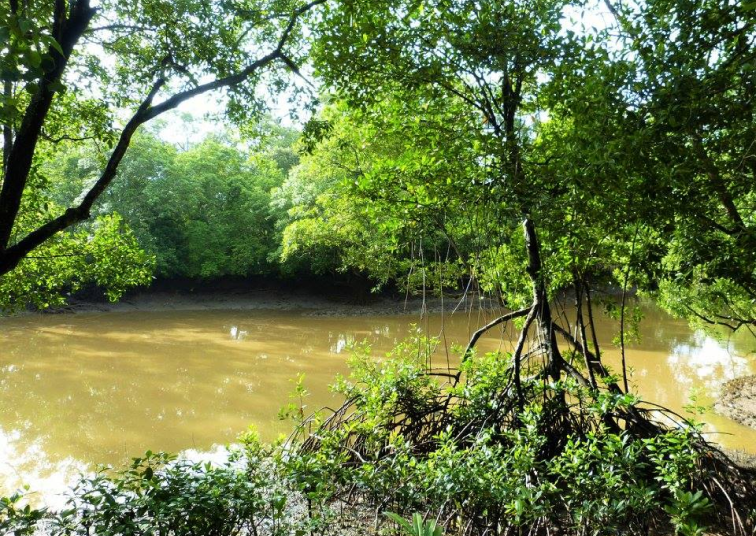
Mangrove
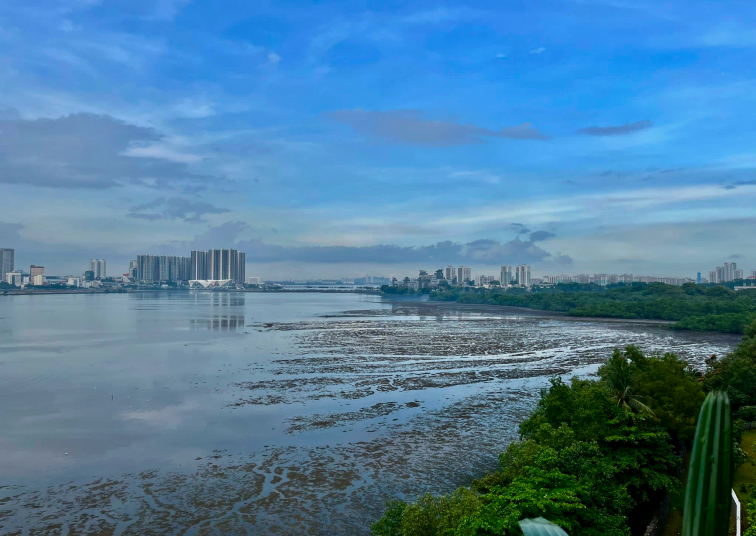
Mudflat
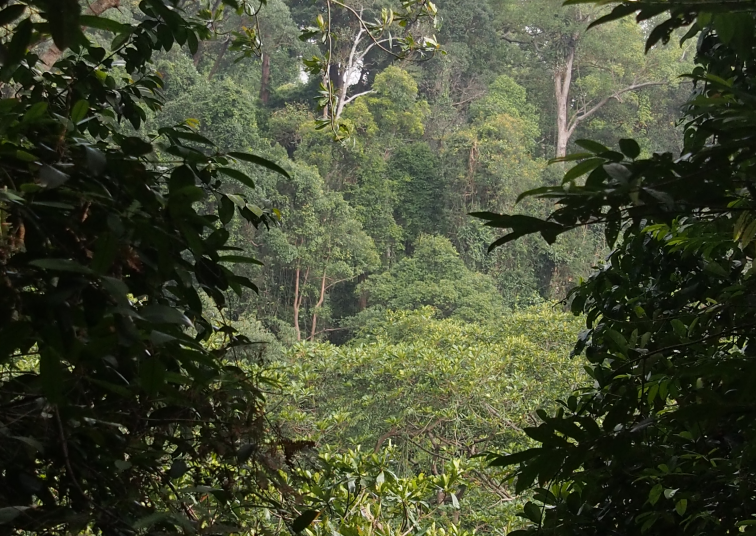
Primary forest

Secondary forest

Join Us
Calling passionate individuals, volunteers, donors, and partners! We invite you to be part of our mission to preserve Singapore’s natural heritage, contribute to wildlife conservation and make a positive impact on our environment.
For partnerships, please reach us at [email protected]